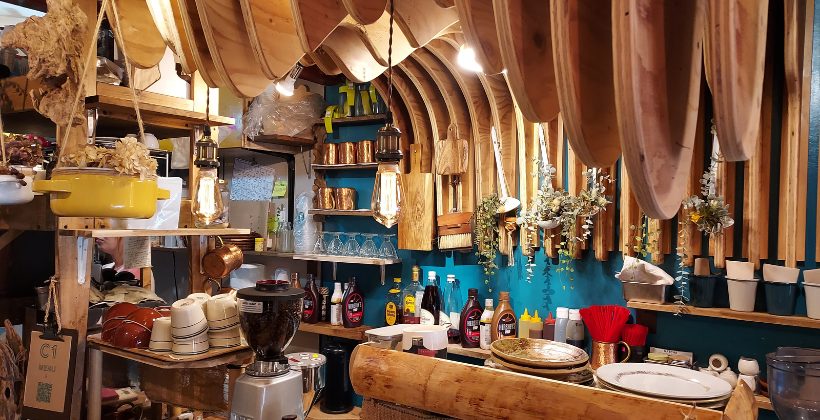
After Cafe Hopping in Tokyo, Here’s What Makes a Coffee Shop Unique
Last updated on May 5th, 2025 at 10:29 pm
I was in Japan for several weeks. Yes, legally. And cafe hopping is how I spent most of my time.
Me chugging countless matcha lattes and scarfing down baked goods shaped like woodland creatures at cute and unique cafes is absolutely about to pay off, because…
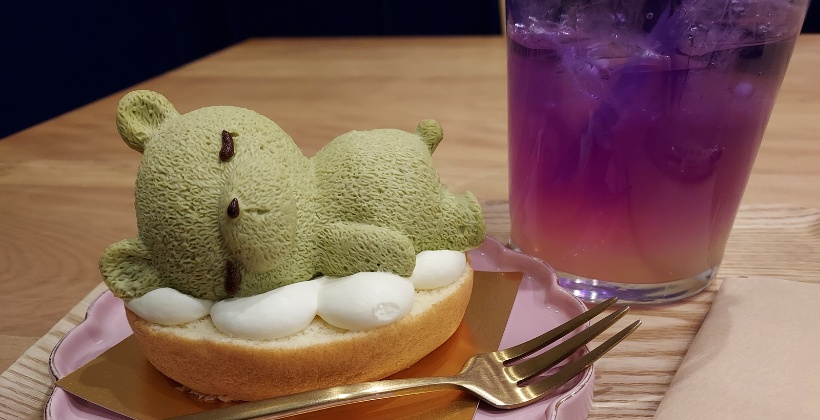
I’ve unlocked the secrets to opening and running a successful cafe!
Ok, not really. But I learned a lot from visiting 35+ cafes in Tokyo, Kamakura, Kyoto, and Osaka.
Consider these 7 tips that can help you provide an incredible experience at your cafe or restaurant.
An experience so amazing that it can keep your customers coming back and entices people from all over the world to travel to your city just to visit your cafe!
But first, what is cafe hopping?
Well, it’s similar to bar hopping, except at coffee shops, bakeries and cafes.
Meaning people, especially travelers, visit several food spots and try the drinks and pastries.
I’m unsure of the origins of cafe hopping, but I first heard about it in countries like South Korea and Japan.
Many content creators, especially YouTubers such as Kieun Choi, have built careers off of cafe hopping content.
There are also cafe owners and employees who’ve experienced an increase in customers (and sales!) because they film the behind the scenes of running a cafe.
What I learned from cafe hopping in Tokyo, Japan that you can use to elevate your cafe or restaurant experience
1. What else could your cafe be? What about a laundry cafe?
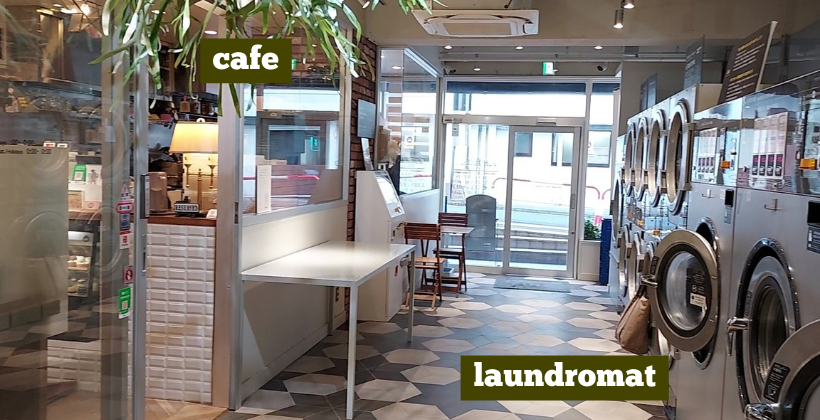
I mentioned in How to Start a Coffee Business that opening a cafe is extremely difficult.
Knowing this, imagine how hard it is to stay in business.
Which is why many cafes have other sources of income, besides selling coffee.
This can include selling coffee making supplies, ceramics, other food and snacks, and beauty products that incorporate coffee grounds.
But can you take this a step further?
One Tokyo cafe I visited, Luna Cafe, is half coffee shop and half laundromat.
Why not take a break from the world’s most annoying (and time-consuming) chore by enjoying some baked goods and a nice drink?
Baggage Coffee in Tokyo’s Aoyama neighborhood, doubles as a small clothing shop.
What other purposes can your cafe or restaurant serve that bring in additional revenue?
How about an art gallery where you sell your art as well as goods created by local artists?
What about stationary? People love going to cafes to study, journal or get work done. And they need notebooks, rulers, pencils, etc.
2. Welcome & encourage solo eating
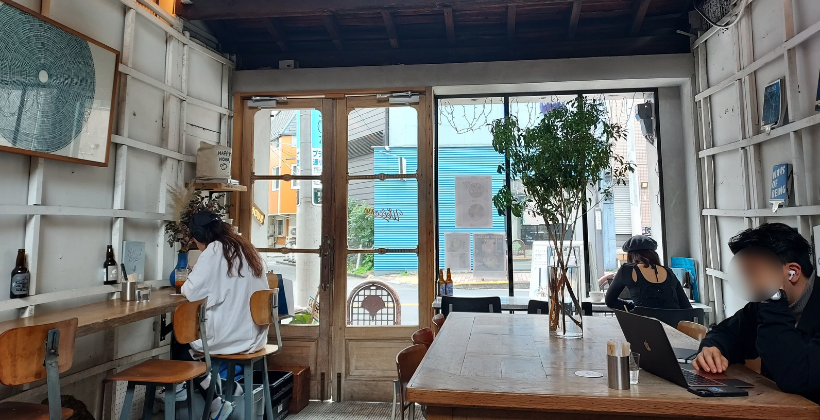
Some people call Tokyo an introvert’s paradise because it’s great for solo travel. That includes dining out because lots of cafes and restaurants have solo dining options.
Sometimes, the seats for solo dining are better than the tables because you might get a nice view for people-watching!
A lot of cafes and restaurants in the U.S. cater to group dining and mostly have large tables and booths inside.
You can set yourself apart by providing table and bar options for solo diners.
And don’t tuck your solo diners in the back of your establishment as if they should be ashamed to eat alone.
In fact, figure out a way to mix both solo diners and couples/groups.
Bonus points if you have an area with bar seating near a large window with a beautiful view.
Everyone at your cafe or restaurant should receive a great experience whether they are on their own or a group of 10.
3. Provide self serve water
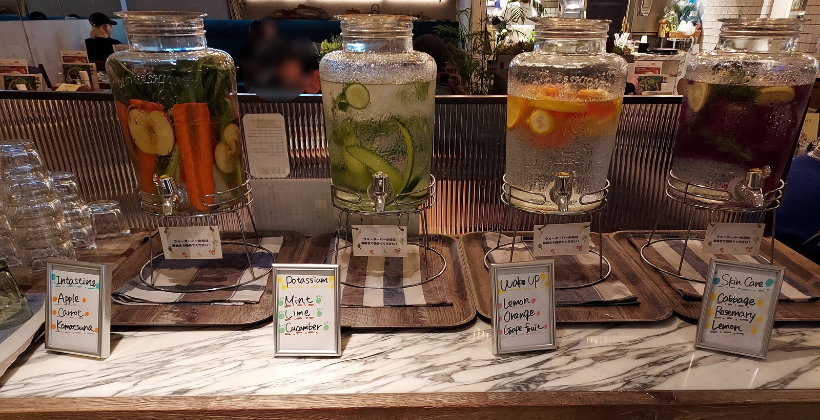
Have you calculated how much time you and your staff will save by allowing customers to get their own water?
Did you consider how much water you are wasting by having cafe or restaurant staff stop at every table, multiple times, to refill half empty water glasses?
Most cafe owners and restaurant owners don’t consider the resources wasted on this.
Several places around the world are experiencing severe droughts, so we all need to stop wasting water – to put it bluntly.
But self-serve drinks don’t have to be relegated to basic plastic water pitchers.
Try clear pitchers and dispensers for drinks.
Also, consider infused water, especially in clear containers.
Water infused with herbs such as parsley or rosemary, or fruit such as lemon or blueberries, add a fresh take on plain water.
And they are nice to look at, so it adds to the overall ambience and experience of your cafe or restaurant.
4. Have a place for cafe hoppers to store their belongings: coffee shop storage ideas
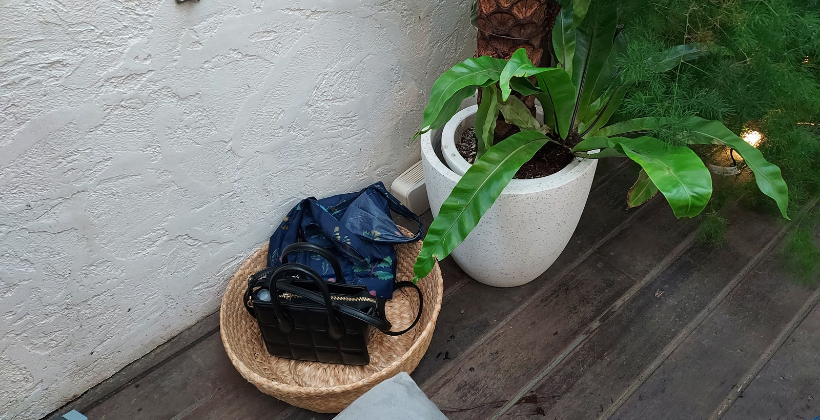
It’s surprising how many food spots with seating don’t have dedicated spaces for patrons to safely store their keys, bags, umbrellas, etc.
And this doesn’t have to be elaborate or expensive.
Many cafes I visited in Japan had small hooks underneath the tables to hang small to mid-size purses and bags.
Other cafes provided bins or baskets underneath or near chairs for storage.
5. Give out freebies or extras to your customers
In some countries, like South Korea, this is called, “service.”
Let’s say a customer buys a few drinks and three cookies.
It’s safe to say that your customer, or someone they know, probably likes cookies.
And you happen to be testing a new cookie recipe this week.
Why not give your customer another cookie, but for free?
Tell this customer that you are trying out different recipes and would love to know their honest thoughts on it when they come back.
This lets your customers know that you really appreciate them AND you care about their opinions.
AND that you want your customers to be regulars.
This is a small but impactful way to build a strong customer base that’s invested in your growth.
6. Put something outside or at the entrance of your cafe or restaurant for people passing by
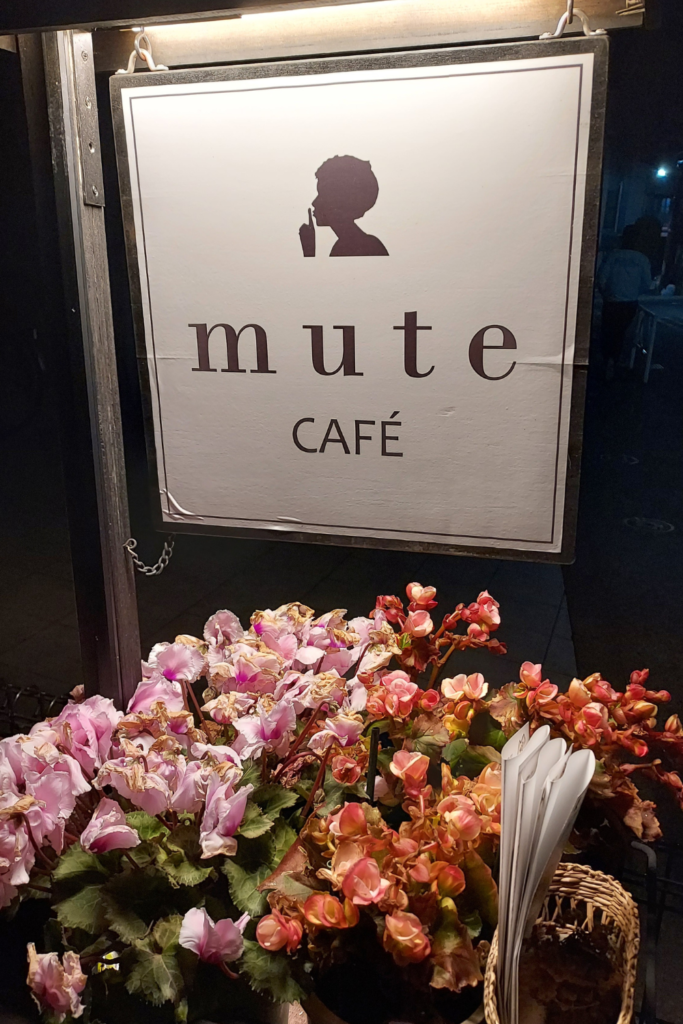
In the U.S., we heavily depend on cars, but that doesn’t mean your restaurant or cafe won’t ever have foot traffic.
There are going to be many situations when someone is running an errand and makes a quick stop at your cafe or restaurant because it caught their eye.
How can you quickly entice busy people walking by to come back to your food spot later?
Consider posting your menu outside or a flyer with a QR code. You can also provide business cards or pamphlets that people can take with them.
Most people will want to take a quick picture, so this is where a flyer with your website, social media handles and a quick summary of the food you offer will come in handy.
7. Make your coffee shop entrance inviting and interesting for customers
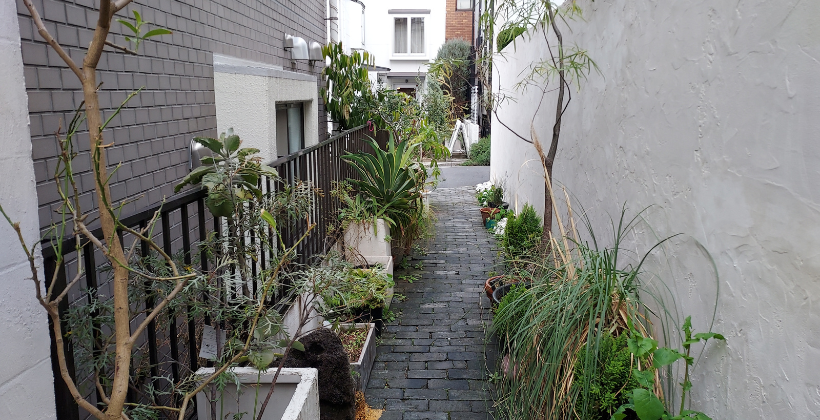
The experience that people have with your cafe doesn’t begin and end with the food and drinks you serve.
An experience is end to end.
That includes, for example, entering the cafe.
What’s happening at the entrance to your cafe or restaurant? How is your entrance decorated? Is it clean?
Is the entryway wide enough for someone on crutches or in a wheelchair to easily get through?
Can customers clearly tell whether or not you are open or closed for the day?
The entrance to your food establishment sets the tone for the rest of the experience that customers will have with you.
What updates can you make to your cafe entrance that will get customers excited for what’s to come?
Where to find matcha desserts & lattes in Kyoto
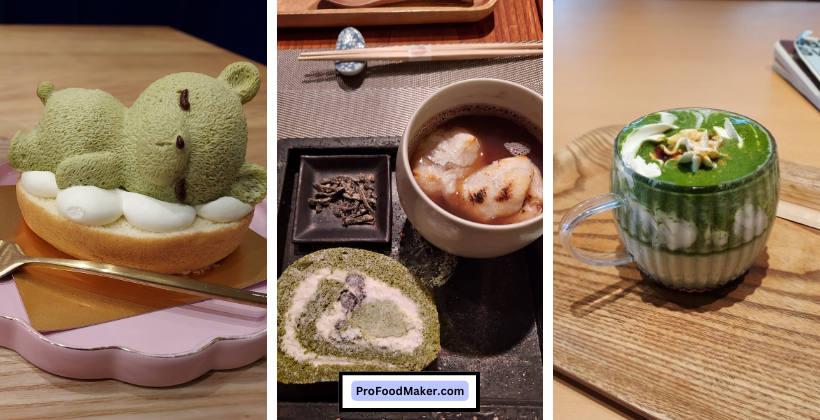
Kyoto Cafes that are Actually Worth Your Time and Money
Go from cafe hopping to cafe owner
How to start a coffee business with Boss Blend Coffee | Ep. 8

